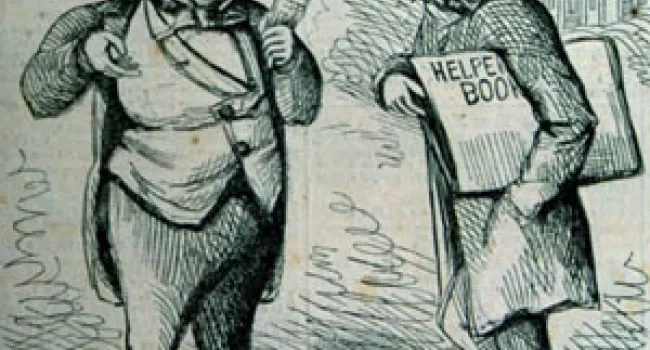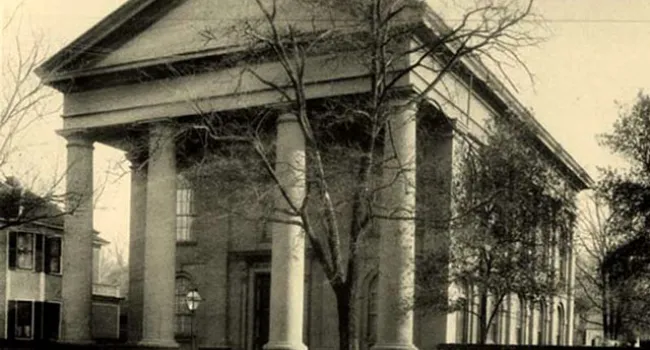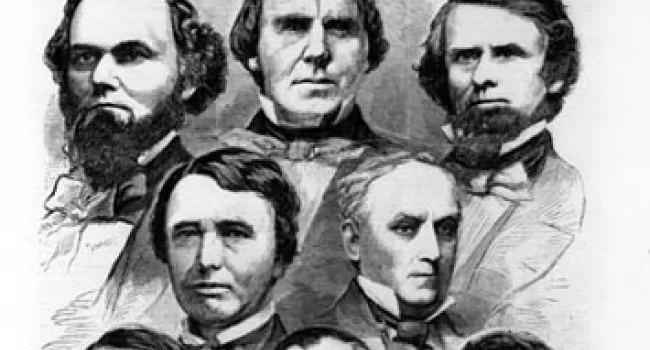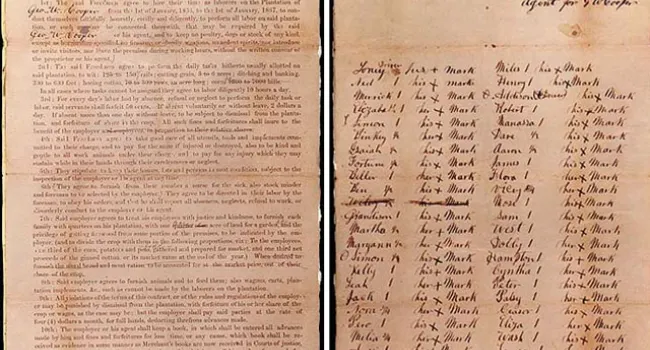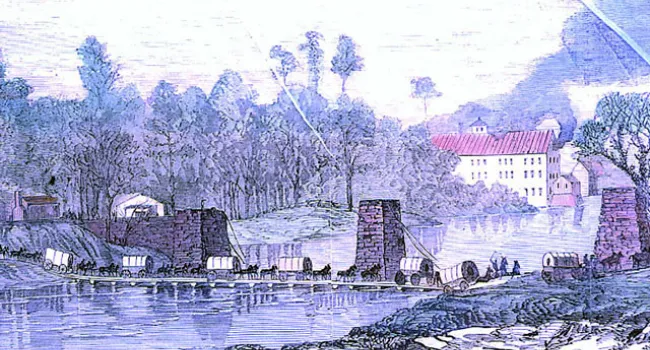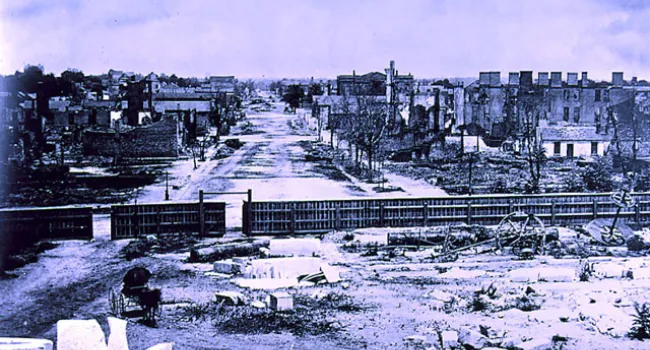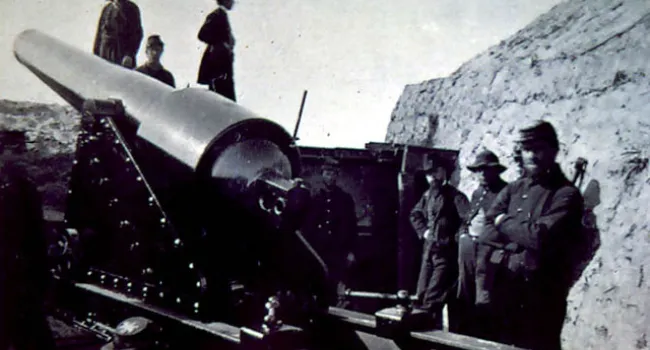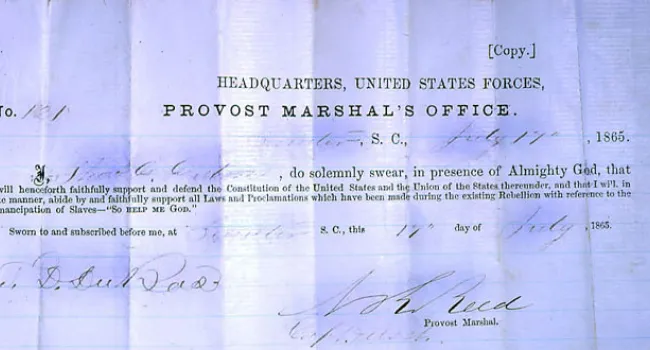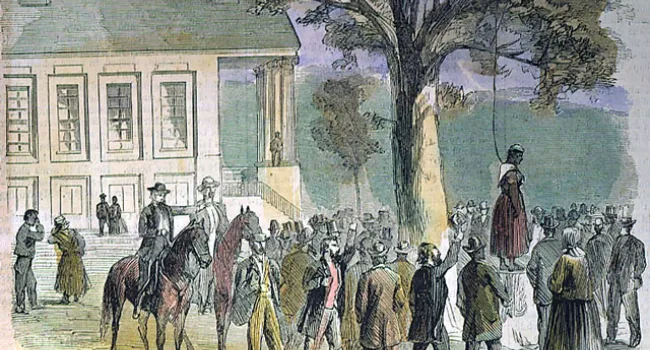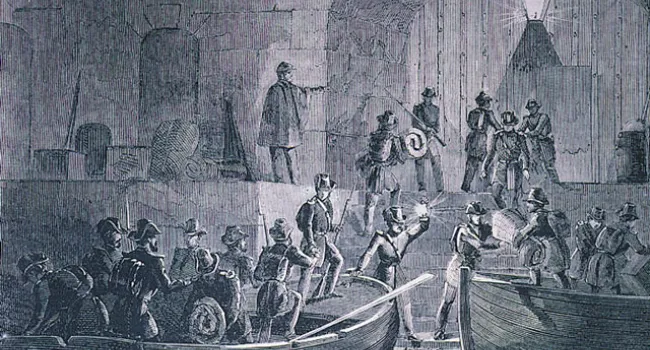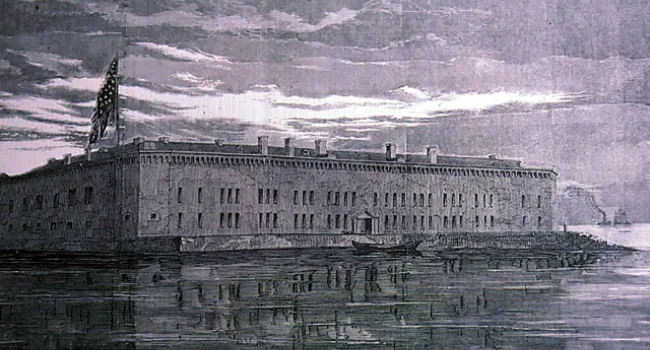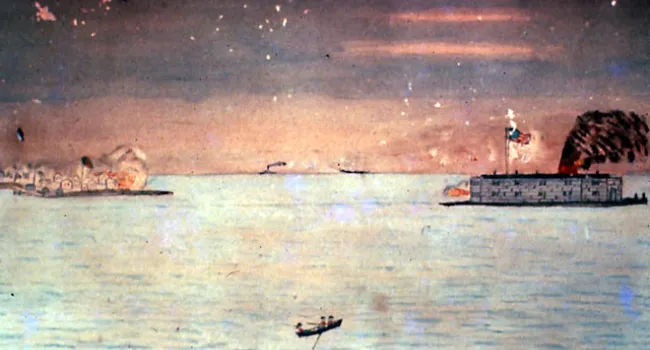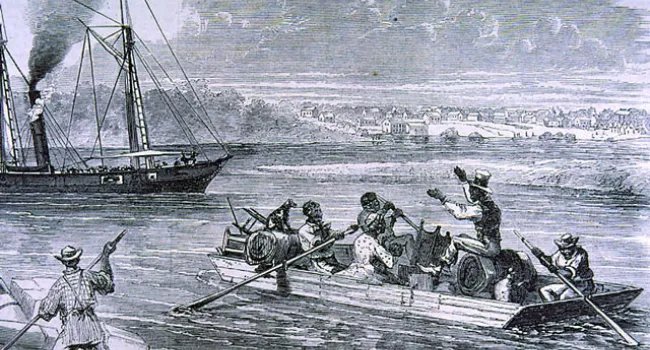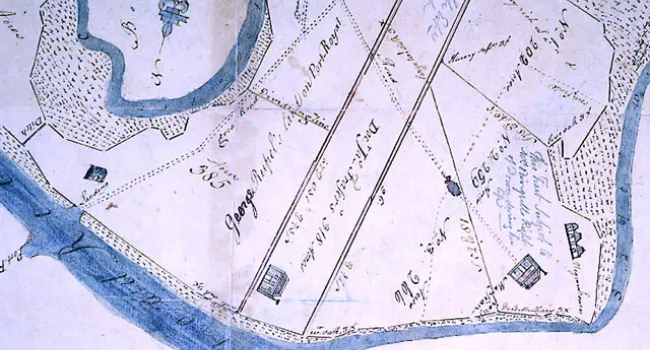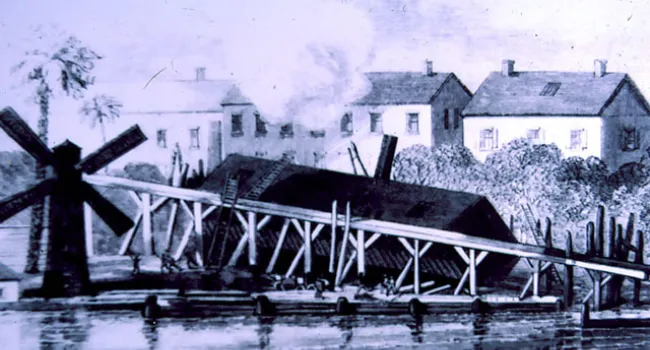
The occupation of the coastal region of South Carolina by federal armies in 1862 led to troops taking over the homes of many citizens who had supported the Confederacy. This home in Beaufort became the residence of the military governor, General Saxton. Stereograph image.
Courtesy of the South Caroliniana Library.
Standards
- This indicator was developed to encourage inquiry into the continuities and changes experienced by Americans of various genders, positions, races, and social status during the Civil War.
- This indicator was developed to encourage inquiry into the relationship between the Civil War and the experiences of women, African Americans, and the planter class in South Carolina.
- This indicator was developed to encourage inquiry into the effects of military strategies to include but not limited to: wartime technologies, the Anaconda Plan, conscription, and Sherman’s March to the Sea.
- This indicator was designed to encourage inquiry into the Civil War focusing on the impacts of military strategies and major turning points on South Carolina and the U.S.
- 8.3.E Utilize a variety of primary and secondary sources to analyze multiple perspectives on the effects of the Civil War within South Carolina and the United States.


